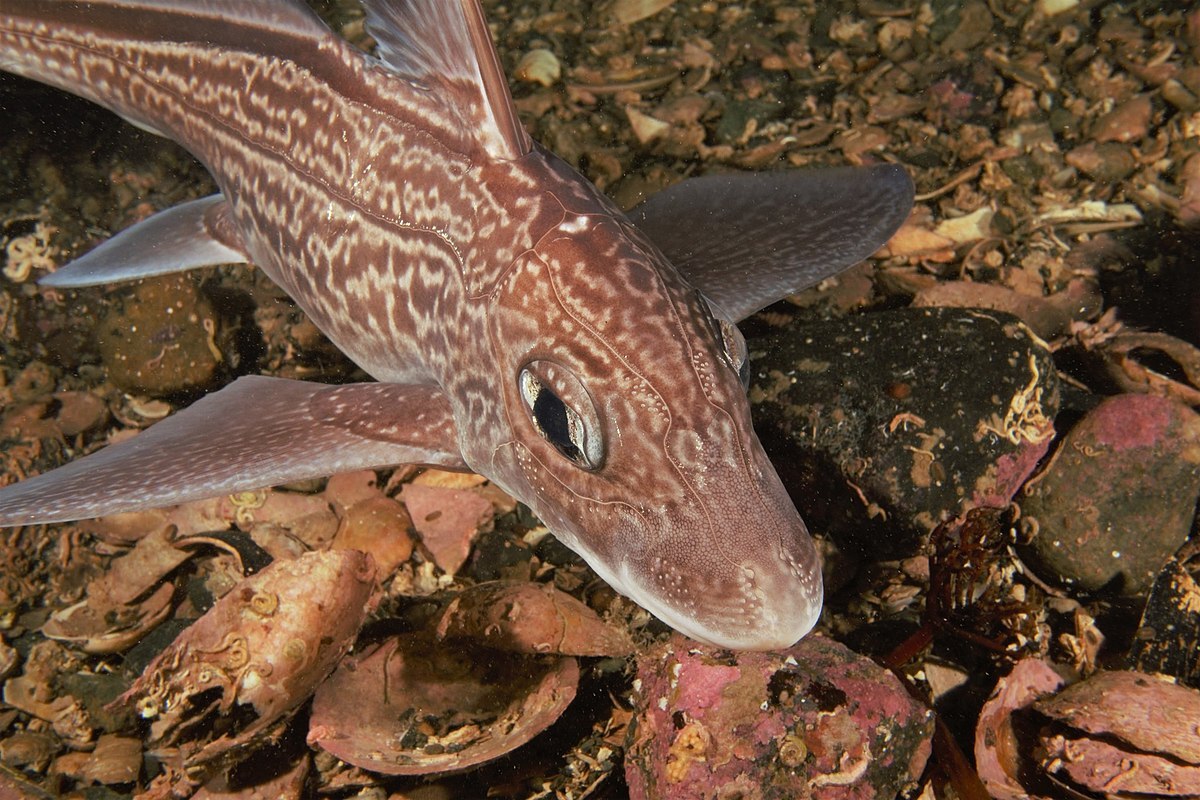
What are Chimaeras? These mysterious creatures, often called ghost sharks or ratfish, belong to the order Chimaeriformes. Chimaeras are fascinating due to their unique appearance and ancient lineage. Unlike typical sharks, they have smooth skin, long tapering bodies, and large, wing-like pectoral fins. Their eyes glow eerily in the dark depths where they reside, adding to their ghostly reputation. Chimaeras are cartilaginous fish, meaning their skeletons are made of cartilage rather than bone. They inhabit deep ocean waters, often below 200 meters, making them elusive and less studied than other marine animals. Despite their spooky nickname, Chimaeras are harmless to humans, feeding primarily on mollusks, crustaceans, and small fish. Dive into these 31 intriguing facts about Chimaeras to learn more about these enigmatic sea dwellers!
What Are Chimaeras?
Chimaeras, also known as ghost sharks, are fascinating creatures of the deep sea. These mysterious fish have a unique appearance and intriguing biology. Let's dive into some incredible facts about these elusive animals.
-
Chimaeras belong to the class Chondrichthyes, which includes sharks, rays, and skates.
-
They are often called ghost sharks due to their eerie, translucent appearance.
-
Chimaeras have been around for over 400 million years, making them one of the oldest groups of fish.
-
Unlike most fish, chimaeras have a cartilaginous skeleton instead of bones.
-
They are primarily found in deep ocean waters, often at depths of 200 to 2,600 meters.
Unique Physical Features
Chimaeras possess several distinctive physical traits that set them apart from other fish. These features help them survive in their deep-sea environment.
-
They have large, wing-like pectoral fins that allow them to glide gracefully through the water.
-
Chimaeras have a long, tapering tail that can be as long as their body.
-
Their eyes are large and adapted to low light conditions, perfect for the dark depths they inhabit.
-
Some species have a venomous spine in front of their dorsal fin for defense against predators.
-
Chimaeras have a unique, rabbit-like face with a protruding snout used to detect prey.
Feeding Habits
Chimaeras have specialized feeding habits that enable them to thrive in their deep-sea habitat. Their diet consists of various marine organisms.
-
They primarily feed on small fish, crustaceans, and mollusks.
-
Chimaeras use electroreception to locate prey, detecting the electric fields produced by other animals.
-
Their teeth are plate-like and designed for crushing hard-shelled prey.
-
Some species have a specialized jaw structure that allows them to suck in prey from the ocean floor.
-
Chimaeras are known to use their snouts to dig into the sediment in search of food.
Reproduction and Lifespan
The reproductive habits and lifespan of chimaeras are as fascinating as their physical characteristics. These aspects play a crucial role in their survival.
-
Chimaeras are oviparous, meaning they lay eggs rather than giving birth to live young.
-
Females lay large, leathery egg cases on the ocean floor, which can take up to a year to hatch.
-
The young chimaeras, called pups, are fully formed when they hatch and are capable of fending for themselves.
-
Chimaeras have a slow growth rate and can live for several decades.
-
They reach sexual maturity at a relatively late age, which can make them vulnerable to overfishing.
Conservation Status
Chimaeras face various threats that impact their populations. Understanding their conservation status is essential for their protection.
-
Many chimaera species are considered vulnerable or near threatened due to deep-sea fishing practices.
-
Bycatch in commercial fisheries is a significant threat to their populations.
-
Habitat destruction from deep-sea trawling can also negatively impact chimaera habitats.
-
Conservation efforts are challenging due to the deep-sea environment they inhabit, making research and monitoring difficult.
-
Some countries have implemented regulations to protect chimaeras, but more global efforts are needed.
Fun and Weird Facts
Chimaeras are full of surprises, with some fun and weird facts that make them even more intriguing.
-
The name "chimaera" comes from Greek mythology, referring to a creature with parts from different animals.
-
Despite their name, chimaeras are not closely related to true sharks.
-
They have a unique sensory organ called the lateral line, which helps them detect vibrations in the water.
-
Chimaeras can change color to blend in with their surroundings, providing camouflage from predators.
-
Some species have bioluminescent spots that may help them attract mates or communicate.
-
Chimaeras are sometimes called "ratfish" due to their long, rat-like tails.
The Fascinating World of Chimaeras
Chimaeras, often called ghost sharks, are truly unique creatures of the deep sea. With their cartilaginous skeletons, venomous spines, and strange appearance, they captivate anyone interested in marine life. These fish, which have been around for hundreds of millions of years, offer a glimpse into the ancient past of our oceans. Despite their eerie looks, chimaeras play a crucial role in the marine ecosystem, helping maintain the balance of underwater life.
Understanding these mysterious creatures can lead to greater appreciation and conservation efforts. As we continue to explore the depths of the ocean, who knows what other secrets about chimaeras we might uncover? Next time you think about the ocean's depths, remember the chimaeras and their incredible journey through time. They remind us of the vast, unexplored wonders that lie beneath the waves.
Was this page helpful?
Our commitment to delivering trustworthy and engaging content is at the heart of what we do. Each fact on our site is contributed by real users like you, bringing a wealth of diverse insights and information. To ensure the highest standards of accuracy and reliability, our dedicated editors meticulously review each submission. This process guarantees that the facts we share are not only fascinating but also credible. Trust in our commitment to quality and authenticity as you explore and learn with us.
